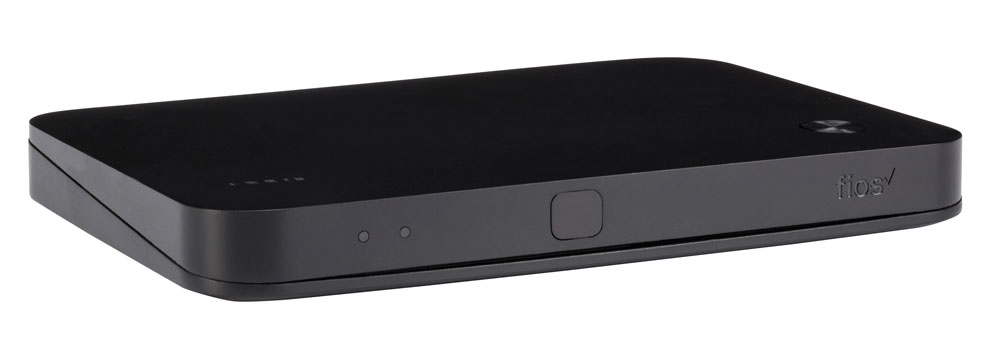

The LTE standard is an evolution of GSM, but it also has some aspects of CDMA as well. Verizon and AT&T both moved to LTE technology, and this leveled the playing field as far as coverage. It treated even voice calls as data transactions. What happened? As people wanted faster data, everyone rolled out a new standard called LTE.

The whole GSM-vs-CDMA fight is about as dated as the Team Edward vs. Verizon remained the company with better voice coverage in much of the country, but didn’t really shine in the smartphone arena until Androids became popular. For the first few years, AT&T had an exclusive on the iPhone, and people went to them because of it. All of a sudden it wasn’t just about voice calls. To some degree this changed with the introduction of smartphones. And so people lined up to get the service provider they thought would give them better service. Conventional wisdom was that GSM gave you better voice quality when you could get it, but CDMA gave you better coverage, especially in the suburbs. CDMA used fewer towers, spaced further apart. GSM used a lot of small towers spaced closer together. This set up the essential problem, and the reason people thought one carrier was better than another. Verizon’s infrastructure was based on Asia’s CDMA standard, because by the time it got going that was cooler and more popular than GSM. Different ways of thinkingĪT&T’s infrastructure was based on Europe’s GSM standard, largely because that was the cool and popular thing to base it on at the time. The merged company was called Verizon, and the cell company was called Verizon Wireless, until Verizon bought the whole thing back from Vodafone and now it’s just called Verizon. They formed a partnership with the European company Vodafone to create a new cell service provider. In the meantime, the local phone company that served the northeast bought GTE. Then, SBC bought AT&T’s long distance service and rebranded the whole company (including the cell service part) as AT&T. The new company was called SBC, the cell company was called Cingular. They also bought the cell service provider from AT&T. The local phone company serving the deep south and Florida bought the one serving the southwest and the one serving Southern California. Hands-off was the word of the day, so when these smaller phone companies wanted to merge, the government said “no problem.” Flash forward to the 1990s and 2000sīreaking up big companies was pretty popular in the 1980s, but by the 1990s the political world had shifted. When AT&T was broken up, GTE instantly became a competitor, and when cell phone service was rolled out, GTE was there. Those companies started offering cell phone service, and so did the long-distance division of the original company, still called AT&T.Īt the same time, there was a company called GTE which offered local and long distance service in some parts of the country. The country was sliced up into regions, with each region getting its own local phone company.

That didn’t sit so well with the government, so they forced AT&T to separate all their business units. By the 1980s they were one of the largest companies in the world, because they were the sole provider of phone services for most of the country. We all know that AT&T evolved from the very first telephone company in the USA. The company we know today as AT&T is AT&T, and it sort of isn’t. Let’s look at the myths here and hopefully shed a little light on that. Sure, they all run specials to get you to switch, but at some point we all just settled into a pattern, right? Besides, a lot of people think at this point they’re all the same. Unless you’re fairly young, you’ve probably been with the same cell phone company for a long time.
Verizon no signal on tv tv#
J| Why don’t all TV antennas pick up VHF?.J| Podcast #485: Late Night TV… they’re dropping like flies.J| Where should you put the cell phone signal booster in your RV?.J| Why on earth would you need a cell booster for your car?.

Verizon no signal on tv how to#
J| 2022 Edition: How to set a Static IP address for your DIRECTV receiver.J| 2022 Edition: How much internet speed do you really need?.J| THROWBACK THURSDAY: The all-you-can-listen streaming service (not that one).


 0 kommentar(er)
0 kommentar(er)
